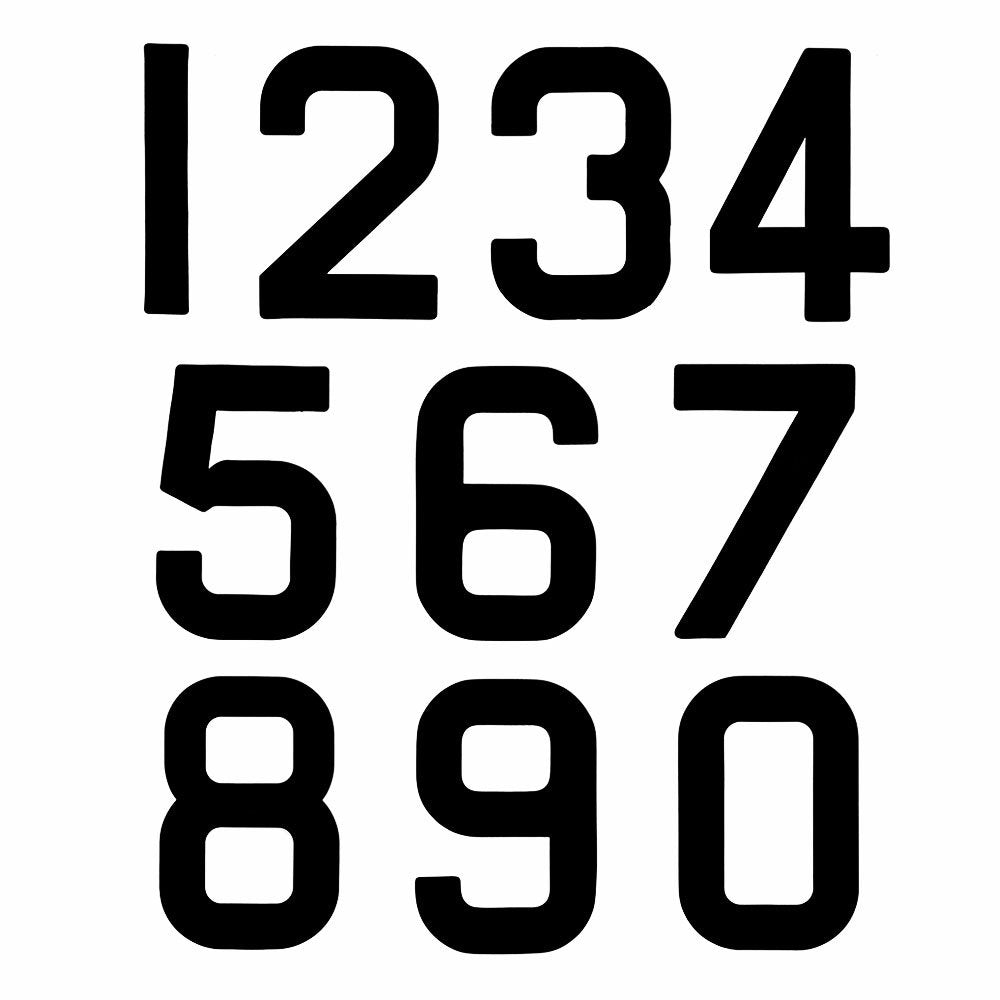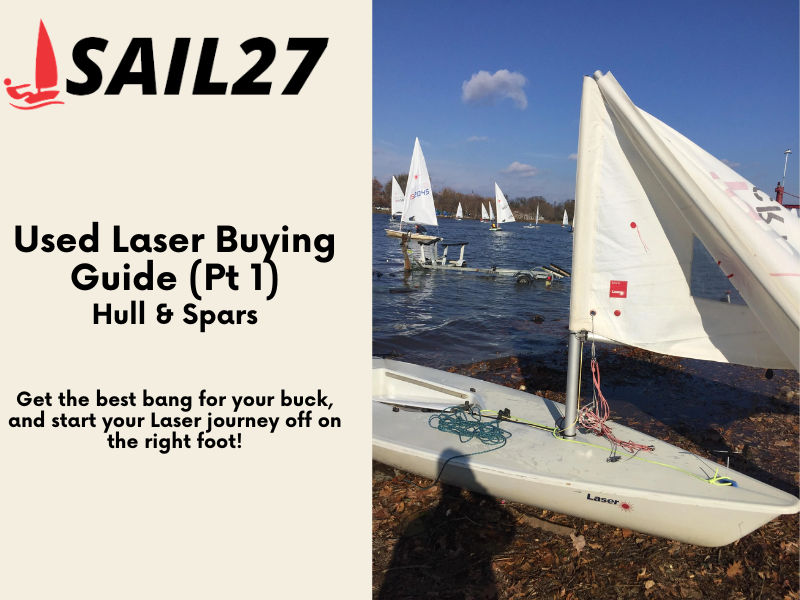When getting started in the Laser class, purchasing your first boat is one of the hardest decisions you will have to make. Most people who start out in the Laser usually purchase a second-hand boat. In this guide, I will show you what you should look for when you're about to purchase your first second-hand boat, and some of the things that you can avoid to make sure you have the best experience possible.
Laser Hull
Laser Hull Age
With over 200000 Lasers produced since the start of the class, there are always a number of second-hand boat available on the market. One of the first things you need to consider when looking at a second-hand boat is the age of the boat. The Laser sail number is often a good indicator of the age of the boat, as the boats are numbered in the order in which they were produced and sold. There are a number of guides online which can show you how to say your number relates to the production year of the boat here is one in this link.
Stiffness of Laser Hull
Nearly all fibreglass wears out over time as a result of sun exposure and usage. If you want to use your boat for racing, having a stiff hull is crucial in ensuring that all the effort that you are putting in to the boat will be translated in to forward momentum (speed).
To test the hulls stiffness, place two hands on the deck, and press down firmly. If you can feel the fibreglass noticeably moving, then this boat has lost a lot of its stiffness. The two main areas you can perform this test are on the sides of the deck (normal sitting area), and directly in front (bow end) of the mast step.
Laser Hull Cracks
When inspecting a second hand Laser, another important thing you should do is check the boat for cracks or scratches. In most cases, scratches will usually only affect the cosmetics of the boat, and will not leak water. Here are some examples of such cracks:

Lasers can often develop ‘spider cracks’ in the gelcoat as seen here.

Cosmetic scratches on a Laser Hull.
Holes in Laser Hull
More concerning than cosmetic scratches, punctures in the hull are going to leak water in to the boat, and will need to be repaired immediately. If you are looking at a boat which has such a hole, I would strongly recommend looking elsewhere, as it is likely that the boat has already had water inside it, and they are never quite the same afterwards. To distinguish these holes from cosmetic scratches, you need to be looking for damage where the fibreglass is exposed, and you can usually see the inside of the hull.

Puncture in Laser Hull Leading to Water Intake
Is it a dry hull?
If possible, you should test any boat you’re considering buying to see if it’s watertight. This is the same test you can do to find the leak in your boat if it already has water inside.
- Fill up a bucket with soapy water (needs to be bubbly).
- Place tape over the ‘breather hole’ under the bow end of the hiking strap.
- Spread the soapy water across the boat, paying particular attention to all hull fittings.
- Pump air in to the boat through the bung on the transom. This can be done using a compressor, bicycle pump (be careful not to pump too much with these options!), or by blowing in to it manually. When you can hear the boat starting to creak, or it is getting hard to add additional air, stop. Quickly put the plug back in to the bung to stop the air coming back out.
- Inspect all around the boat, and look for areas where the soapy water is visibly bubbling (new bubbles are forming and growing). This is where a leak is located.
Laser Spars
The next most important thing you should look out for when purchasing a second-hand boat, is the age of the spars. Laser spars can often degrade rapidly as a result of exposure to saltwater. Excess corrosion on your laser spars can lead to them bending, or even snapping on the water, which would be a disaster. When inspecting a second-hand boat, you should look out for any signs of corrosion around the fittings on the spars, any cracks which might grow overtime as the spar gets used, or any large bends in the spars.

Corrosion around Laser Mast Vang Fitting, and wear which can lead to cracking at the deck level.

Two examples of Laser Bottom Sections which have been bent during use.


